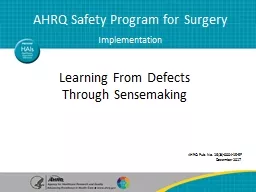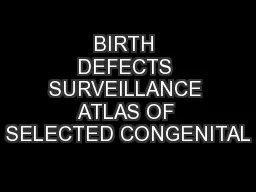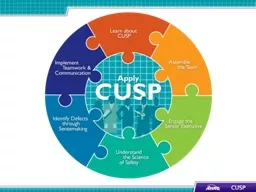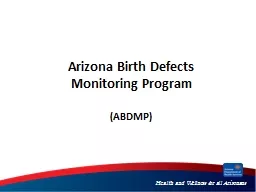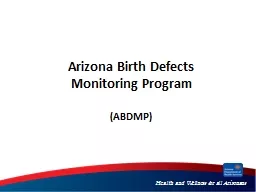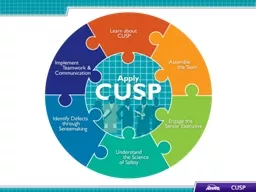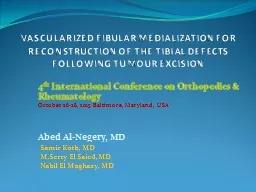PPT-Learning From Defects Through Sensemaking
Author : min-jolicoeur | Published Date : 2018-10-31
AHRQ Safety Program for Surgery Implementation AHRQ Pub No 1618000415EF December 2017 Learning Objectives Describe difference between firstorder and secondorder
Presentation Embed Code
Download Presentation
Download Presentation The PPT/PDF document "Learning From Defects Through Sensemaki..." is the property of its rightful owner. Permission is granted to download and print the materials on this website for personal, non-commercial use only, and to display it on your personal computer provided you do not modify the materials and that you retain all copyright notices contained in the materials. By downloading content from our website, you accept the terms of this agreement.
Learning From Defects Through Sensemaking: Transcript
Download Rules Of Document
"Learning From Defects Through Sensemaking"The content belongs to its owner. You may download and print it for personal use, without modification, and keep all copyright notices. By downloading, you agree to these terms.
Related Documents

